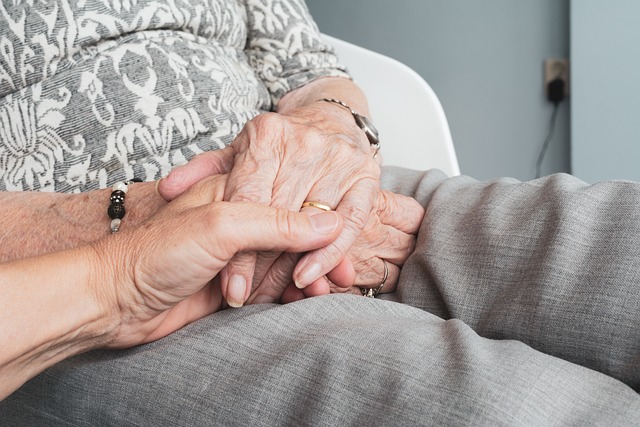AlayaCare Brings AI to Home Healthcare Services

According to a recent report, the global home healthcare market is expected to grow 8% annually through 2030. The market was valued at $390.24 billion in 2023. Rising healthcare costs for in-facility care coupled with improved penetration of virtual and remote care industry are helping fuel the growth in the industry. Montreal-based AlayaCare is one such player that is leveraging technology to improve the effectiveness of home-based health care.
AlayaCare’s Journey
Founded in 2014 by Adrian Schauer, Brady Murphy, and Neil Grunberg, AlayaCare provides a comprehensive, cloud-based software platform designed to support home and community-based care organizations.
AlayaCare’s story began when its founders had exited businesses they had established together in the mobile marketing and workforce management fields. They were motivated to address the challenges posed by an aging population and limited healthcare resources. They came with a vision to leverage technology to transform the predominantly paper-based home care sector into a more efficient and patient-centric industry. With their experience in tech entrepreneurship, they saw significant potential in the homecare space. They attended homecare conferences and met with care providers and nurses and saw that providers needed a technology solution that was different from the options they had available to them.
Together, the founders kicked off product development in January 2014. Today, the AlayaCare platform offers an end-to-end solution that encompasses clinical documentation, back-office functionality, client and family portals, and mobile care worker capabilities. By integrating virtual care tools with traditional in-home care services, AlayaCare enables agencies to deliver better patient outcomes and navigate the transition from fee-for-service to value-based care model.
Earlier this year, it introduced Layla, an AI-powered conversational agent that has been designed to revolutionize home-based care delivery. Integrated seamlessly within the AlayaCare platform, Layla provides caregivers and administrators with instant access to vital information through a secure chat interface, enhancing efficiency and improving patient outcomes. Some of its features include the ability to retrieve hundreds of data points about care plans, clients, visits, and employees; seamless integration with AlayaCare Cloud to ensure immediate relevance and utility; high security including HIPAA compliance and a source for reliable information for medical terms and conditions.
AlayaCare’s services have seen strong adoption in the market. It claims to have over 700 customers worldwide including companies like Optum Rx, Brookdale Senior Living Solutions, and Well Care of New Jersey.
AlayaCare’s Financials
AlayaCare earns revenue through a subscription-based model for access to its cloud-based platform. It offers tiered pricing based on factors such as organization size, number of users or patients, and the specific modules selected—ranging from clinical documentation and scheduling to billing and analytics. Additionally, it also generates income from professional services including implementation, training, and ongoing support. Being privately held, the company does not disclose its detailed financials.
AlayaCare has raised $274 million in funding so far over multiple funding rounds. Its most recent significant round was held in June 2021, where it raised $182 million in a round led by Generation Investment Management LLP, with participation from Klass Capital, Inovia Capital, Caisse de dépôt et placement du Québec (CDPQ), and Investissement Québec. Valuation details for the round were not disclosed.
AlayaCare operates in a competitive market alongside companies such as HHAeXchange, ClearCare, and Tellus LLC. It hopes to differentiate itself from its competitors by offering an end-to-end, AI-driven platform that combines traditional in-home care solutions with virtual care capabilities. The introduction of Layla is just the beginning. As AlayaCare improves the capabilities of its AI-powered assistant, it will be able to continue to enhance caregiver efficiency and patient outcomes.
Photo Credit: Sabine van Erp from Pixabay
Featured Videos
Can 1M/1M Help Me Raise Money?
How Does 1M/1M Democratize Entrepreneurship Education?
How Does 1M/1M Democratize Management Consulting?
When Is The Right Time To Join 1M/1M?
Can 1M/1M Help Me With Business Development?
Can 1M/1M Help Me With Market Sizing?
Can 1M/1M Help Me Validate My Product?
Will I Have Private 1-on-1 Sessions In 1M/1M?
How Does 1M/1M Help Entrepreneurs Connect With Silicon Valley?
Mentoring or Consulting?
Why Does 1M/1M Charge $1000 a Year?
Why Does 1M/1M Partner With Local Organizations?
Why Don\’t Mentoring Networks Work?
Why Is It Important To Study With 1M/1M Now?
Dan Stewart Story
Vikrant Mathur Story
